The Titan, which carried five people who went missing while visiting the Titanic wreck, was controlled by a PlayStation controller and had a window for passengers to look out.
The Titan can dive to the site of the Titanic wreck. Video: CBC
Authorities are searching for the 22-foot-long (6.7-meter) titanium and carbon fiber boat OceanGate Titan after it disappeared on June 18 during a dive tour of the Titanic. The coast guard estimates that the ship has enough oxygen to last passengers for about 70 hours. The Titan went missing off the coast of North America in the Atlantic Ocean, carrying a crew and four passengers. Both the Boston and Canadian coast guards are searching for the missing boat, operated by tour company OceanGate Expeditions.
Dimensions of the Titan submersible
The ship measures 670 cm x 280 cm x 250 cm and can dive to a depth of 4,000 m. The Titan weighs 10,432 kg and can travel at a maximum speed of 5,556 km/h thanks to its Four Innerspace 1002 electric propulsion engine. The vehicle is equipped with a Rayfin 4k Sub C Imaging camera, a Teledyne 2D sonar, a 40,000 lumen headlight and a 2G Robotics laser scanner. The electronics and propulsion control compartment are located outside the pressure hull to increase the space for the crew and equipment in the compartment. The Titan also has a toilet located right next to the window.
Control
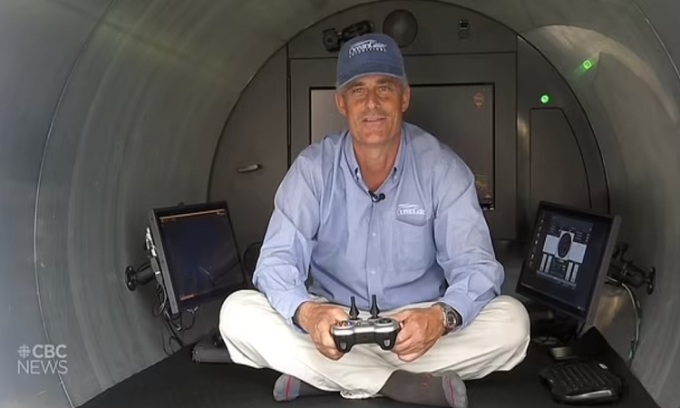
The pilot controls the Titan with a PlayStation controller. Photo: CBC
The Titan is controlled by a reinforced PlayStation controller, though it lacks a GPS system. The ship is guided by text messages from the surface team. The Titan communicates with its tracking team via USBL messages. A large digital screen streams live images from multiple 4K cameras on the outside, and also serves as a door to the rear equipment compartment.
Launching and recovery platform
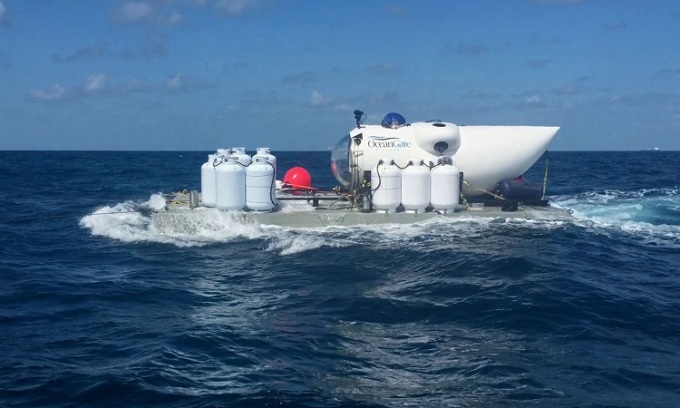
Submarine launching and recovery platform equipped with multiple ballast tanks. Photo: OceanGate
Titan is launched from a platform equipped with multiple ballast tanks to help it descend and rise, eliminating the need for large support vessels or coastal cranes. Once the ballast tanks are filled with water, the platform is lowered to a depth of 30 feet (9.1 m) to avoid turbulence at the sea surface. Underwater, the platform uses a patented shock-absorbing buoyancy system to maintain stability. At the end of each dive, Titan lands on the platform and the entire system is brought to the surface within two minutes of pumping the tanks.
Design and intended use
The Titan was designed and built with a carbon fiber hull and titanium dome. A team of engineers at NASA's Marshall Space Flight Center served as advisors to OceanGate during the development of the submersible. In late April, the company announced that Titan was in the final stages of preparation for its 2023 Titanic expedition.
The bow hatch at the front of the vessel acts as a doorway and provides the largest view of any manned deep-sea submersible. Titan has a real-time hull monitoring (RTM) system that analyzes the effects of pressure changes as the sub dives deeper and accurately assesses the structural integrity of the sub. The system provides early warning to give the pilot enough time to stop the dive and return to the surface safely.
Diving time
The dives can last up to 10 hours at a time, with participants spending a total of 10 days at sea on a larger vessel. In an interview last year, Stockton Rush, CEO of OceanGate, said their submersible can accommodate five people and can descend to the depths of the Titanic wreck.
In 2022, the Titan made 10 dives to the Titanic wreck in the space of a few weeks. The latest dive was not the ship's first this year. The Titan is the second model in the Cyclops-class submersibles. OceanGate has been operating since 2015 in three oceans to depths of nearly 500 meters.
An Khang (According to Mail )
Source link










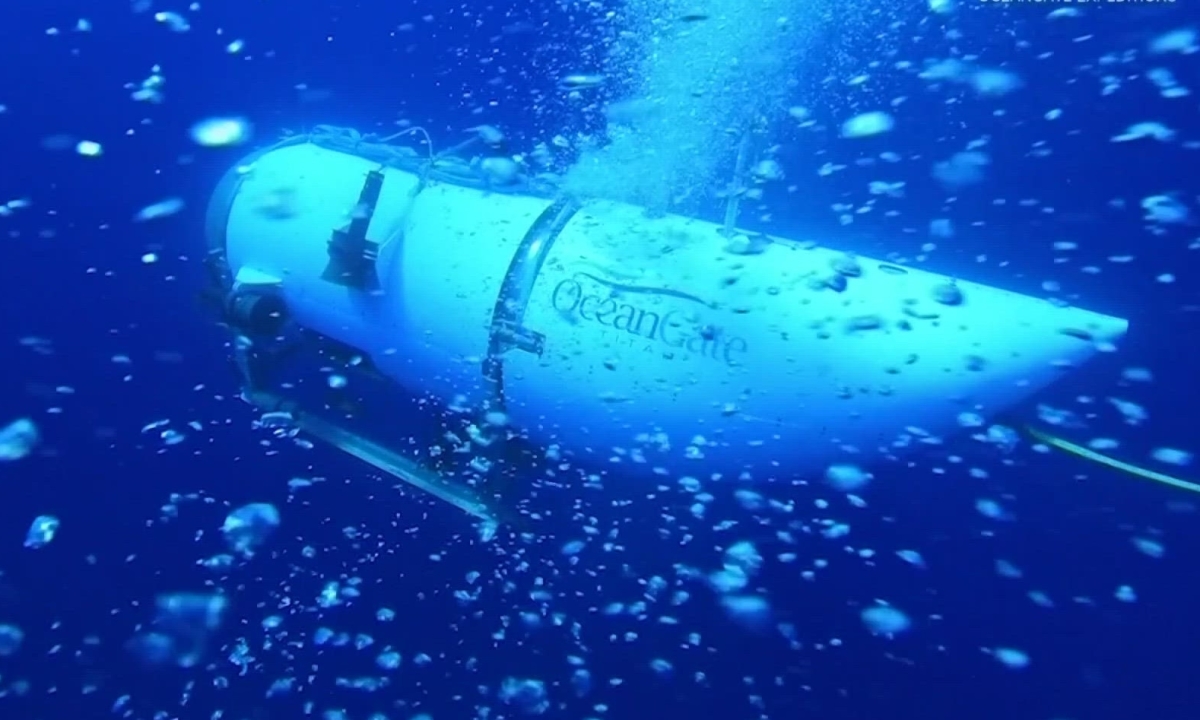
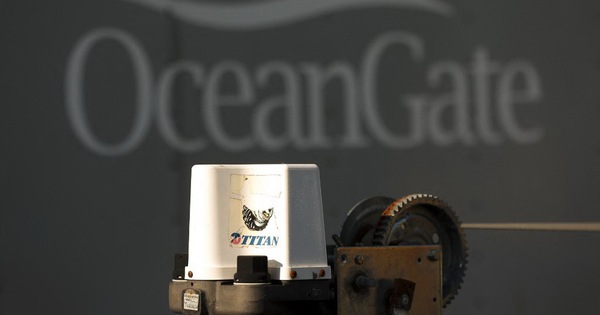

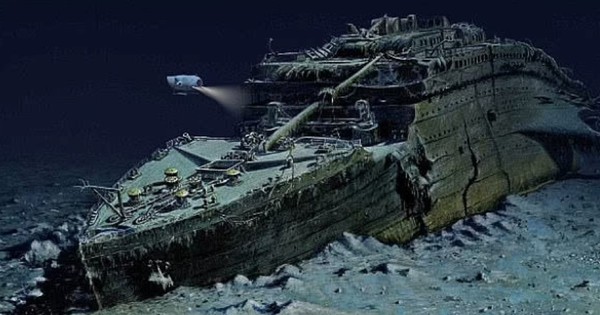
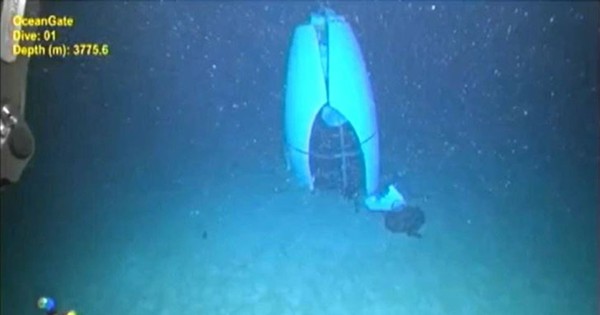
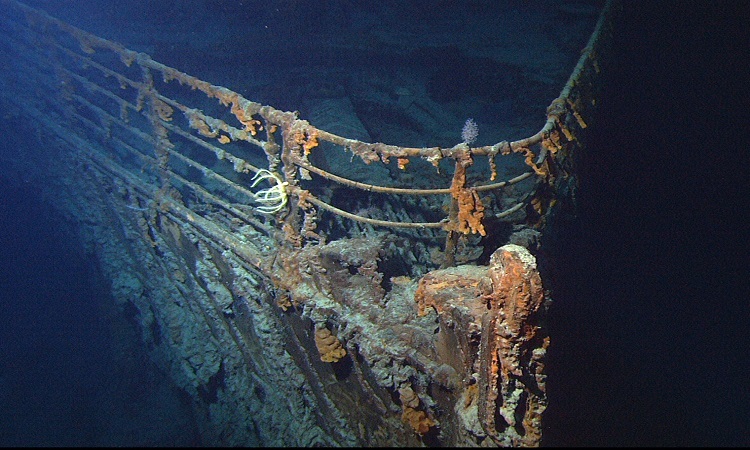























![[Photo] Prime Minister Pham Minh Chinh chairs Government Conference with localities on economic growth](https://vstatic.vietnam.vn/vietnam/resource/IMAGE/2025/2/21/f34583484f2643a2a2b72168a0d64baa)




























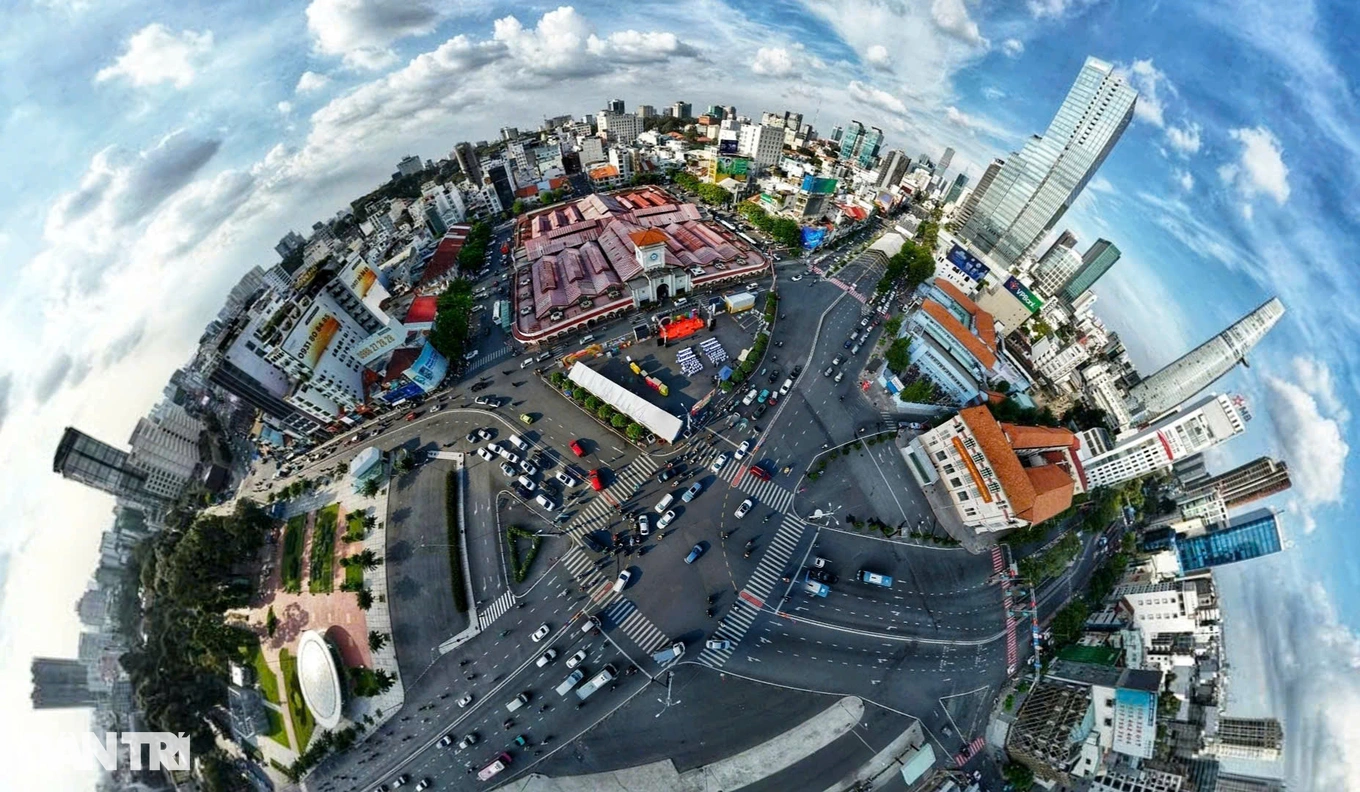






























Comment (0)